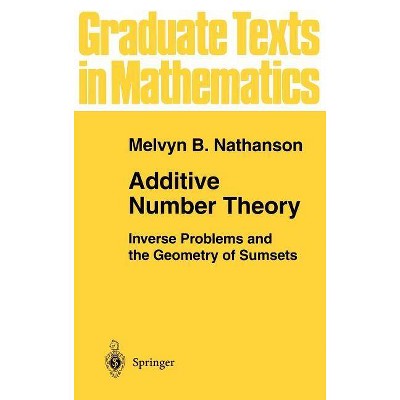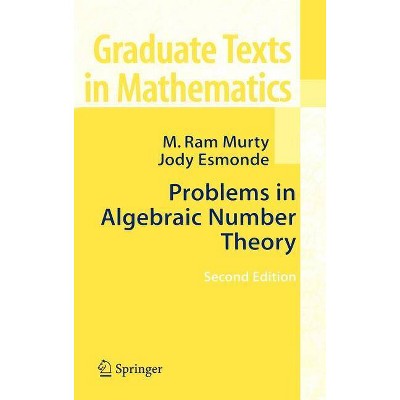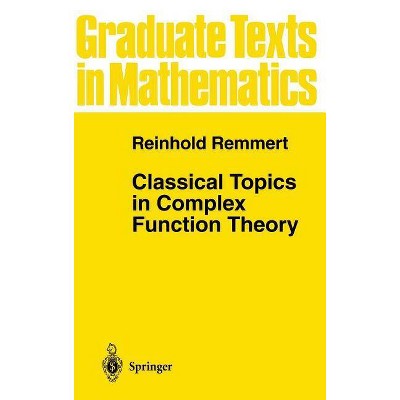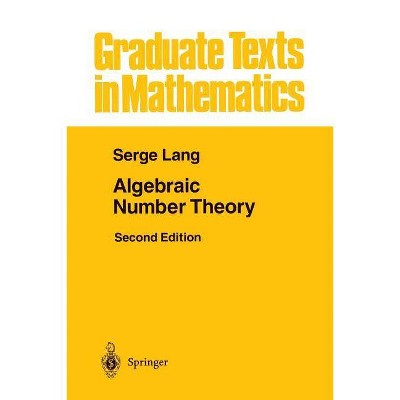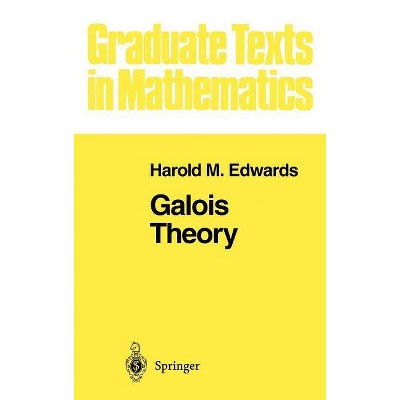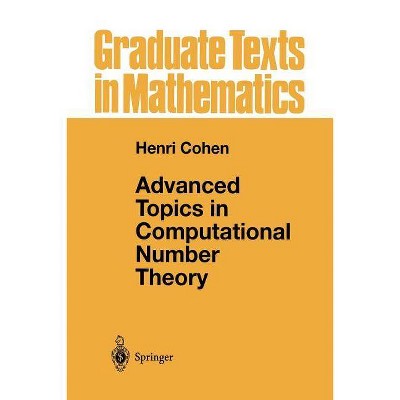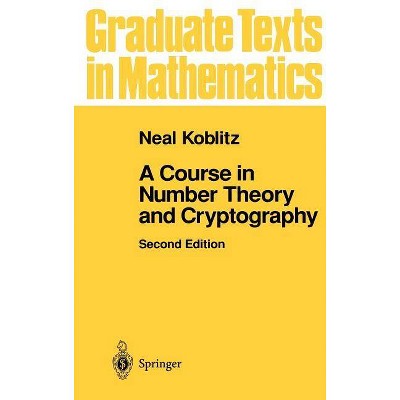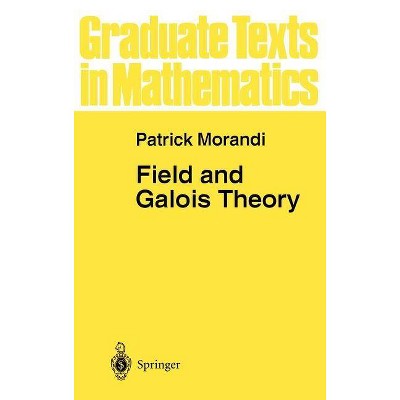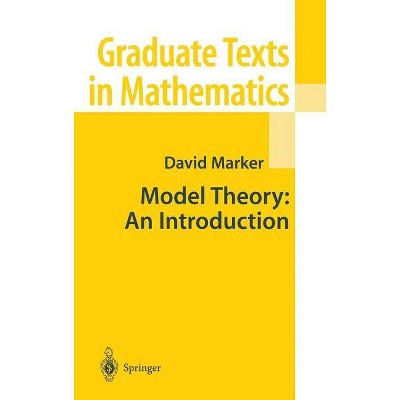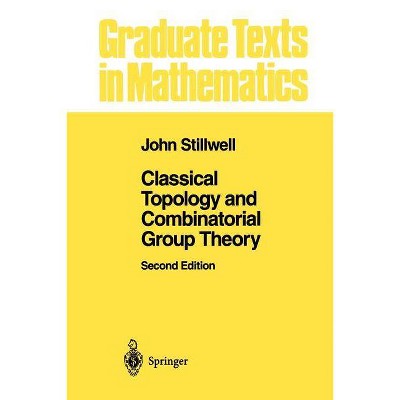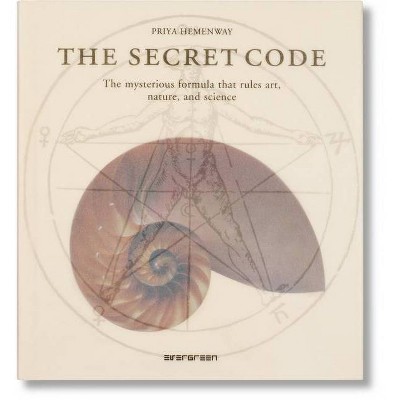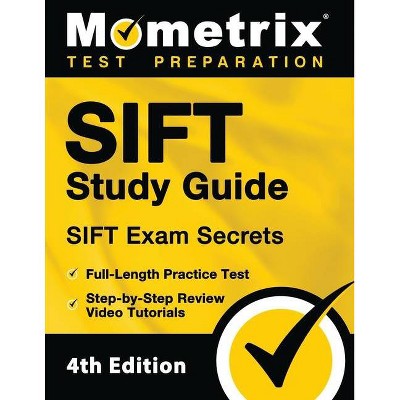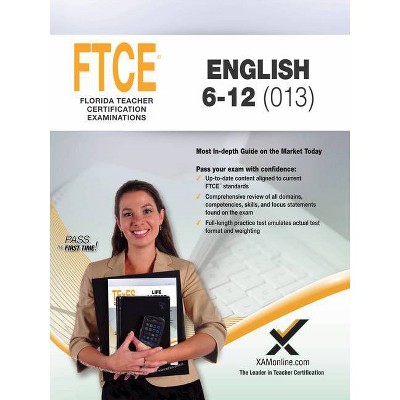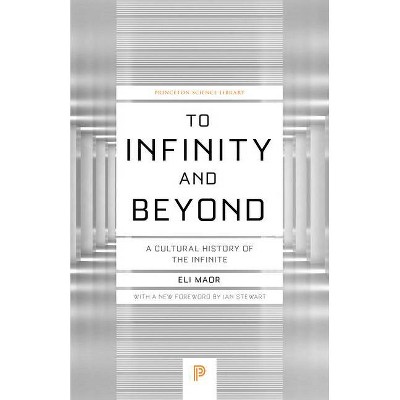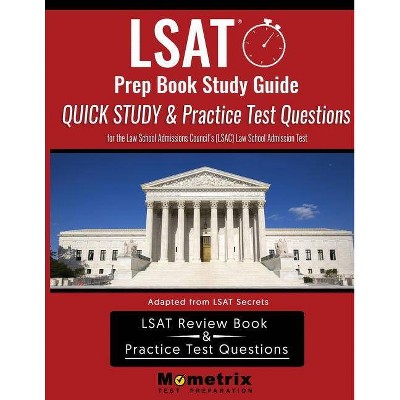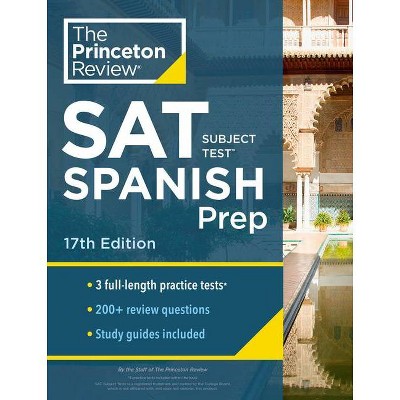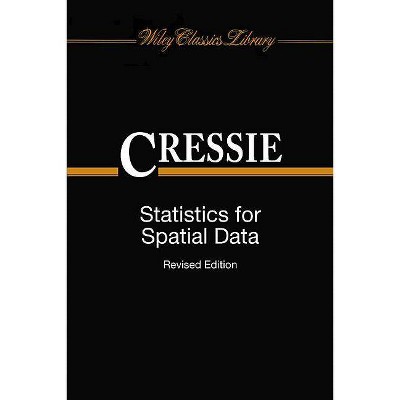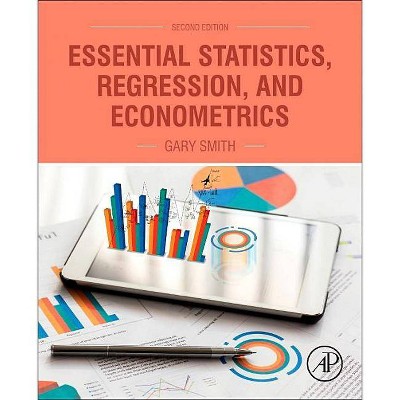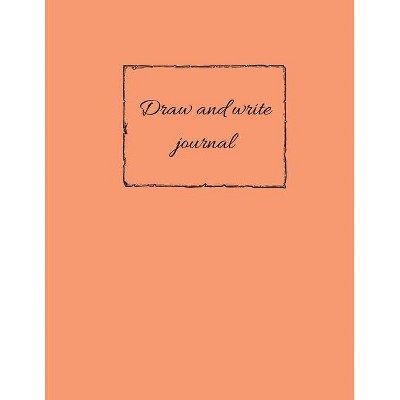Additive Number Theory the Classical Bases - (Graduate Texts in Mathematics) by Melvyn B Nathanson (Hardcover)
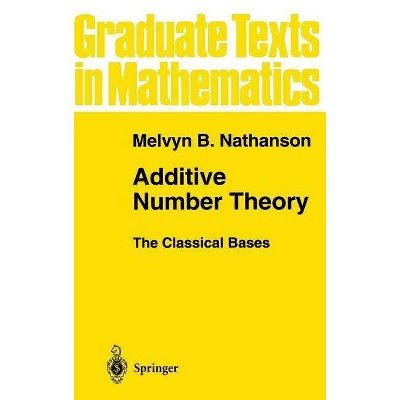
Similar Products
Products of same category from the store
AllProduct info
<p/><br></br><p><b> Book Synopsis </b></p></br></br>[Hilbert's] style has not the terseness of many of our modem authors in mathematics, which is based on the assumption that printer's labor and paper are costly but the reader's effort and time are not. H. Weyl [143] The purpose of this book is to describe the classical problems in additive number theory and to introduce the circle method and the sieve method, which are the basic analytical and combinatorial tools used to attack these problems. This book is intended for students who want to lel?Ill additive number theory, not for experts who already know it. For this reason, proofs include many "unnecessary" and "obvious" steps; this is by design. The archetypical theorem in additive number theory is due to Lagrange: Every nonnegative integer is the sum of four squares. In general, the set A of nonnegative integers is called an additive basis of order h if every nonnegative integer can be written as the sum of h not necessarily distinct elements of A. Lagrange 's theorem is the statement that the squares are a basis of order four. The set A is called a basis offinite order if A is a basis of order h for some positive integer h. Additive number theory is in large part the study of bases of finite order. The classical bases are the squares, cubes, and higher powers; the polygonal numbers; and the prime numbers. The classical questions associated with these bases are Waring's problem and the Goldbach conjecture.<p/><br></br><p><b> From the Back Cover </b></p></br></br>The classical bases in additive number theory are the polygonal numbers, the squares, cubes, and higher powers, and the primes. This book contains many of the great theorems in this subject: Cauchy's polygonal number theorem, Linnik's theorem on sums of cubes, Hilbert's proof of Waring's problem, the Hardy-Littlewood asymptotic formula for the number of representations of an integer as the sum of positive kth powers, Shnirel'man's theorem that every integer greater than one is the sum of a bounded number of primes, Vinogradov's theorem on sums of three primes, and Chen's theorem that every sufficiently large even integer is the sum of a prime and a number that is either prime or the product of two primes. The book is also an introduction to the circle method and sieve methods, which are the principal tools used to study the classical bases. The only prerequisites for the book are undergraduate courses in number theory and analysis. Additive number theory is one of the oldest and richest areas of mathematics. This book is the first comprehensive treatment of the subject in 40 years.<p/><br></br><p><b> Review Quotes </b></p></br></br><br><p>From the reviews: </p>"This book provides a very thorough exposition of work to date on two classical problems in additive number theory ... . is aimed at students who have some background in number theory and a strong background in real analysis. A novel feature of the book, and one that makes it very easy to read, is that all the calculations are written out in full - there are no steps 'left to the reader'. ... The book also includes a large number of exercises ... ." (Allen Stenger, The Mathematical Association of America, August, 2010)<br>
Price History
Price Archive shows prices from various stores, lets you see history and find the cheapest. There is no actual sale on the website. For all support, inquiry and suggestion messages communication@pricearchive.us
